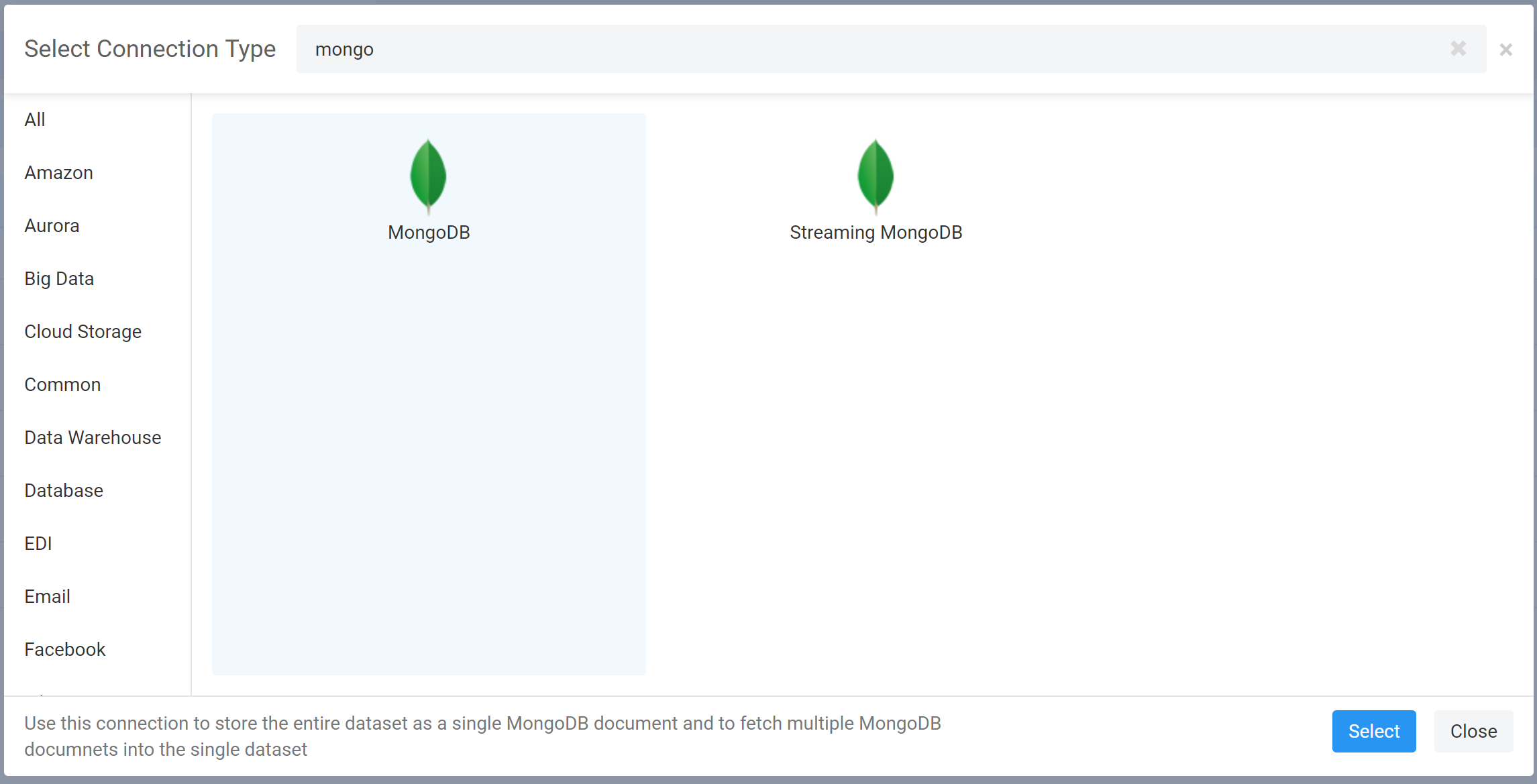

MongoRocks Strata is the backup tool for the MongoRocks storage engine. This is good if you wish to have more compact backups, but also if you need to perform a point in time recovery. Just like MongoDB Backup, it is able to transfer databases and collections between MongoDB instances, but in addition to that, it can also limit the transfer rate.Īnother useful feature of Mongob is that it will be able to create incremental backups. Mongob is another logical backup solution, but in this case it has been written in Python and is only available as a CLI tool. Don’t be afraid if your company isn’t using Hubot as a chatbot: it can also function as either a webhook or be controlled via the CLI. This means it will be very easy to integrate in a Hubot chatbot, and automate the collection transfers. In addition to this, it can also stream backups over the network, making it useful for transporting a collection from one MongoDB instance to another.Īnother useful feature is that it has been written in NodeJS. MongoDB Backup is a NodeJS logical backup solution that offers similar functionality as mongodump. Still, some less regular used functionalities, like partial/incremental backups and streaming backups to other clusters, will not be available out of the box. This doesn’t necessarily mean it will be 100% accurate on its schema estimation though.ĬlusterControl supports two implementations for backing up MongoDB: mongodump and Percona Consistent Backup. MongoDB Schema is a schema analyzer that will take a (random) sample of your data and output the schema for the sampled data. So far we only have spoken about schema changes, so it is time to introduce MongoDB Schema. Mongoose will not migrate existing data into the new schema definition.

The schema definition is placed inside your Node.js application, and this will allow Mongoose to act as an ORM. Mongoose is Node.js middleware for schema modelling and validation. The module will only be reactive, so whenever data does not get written according to the schema, a warning will be returned. This will ensure that all data gets written according to the defined schema. The Meteor2 collection module will ensure that from both client and server side, the schema will be validated. The tools discussed in this section will all be very helpful in solving these schema issues.
MONGODB WEB INTERFACE UPDATE
Alternatively you could update all (old) data with the newer schema right after you have deployed the application. Also schema and performance optimizations may create new versions of your schemas.Įven though many people will say it’s brilliant not being held back by the database, it also brings a couple of issues as well: since old data is not migrated to the new schema design, your application should be able to cope with every schema version you have in your database. Adding new features to existing modules, or creating new modules may involve the creation of another version of your schema. Schema changes are generally made whenever there is application development. This allows you to change your schema whenever you like, without the database holding you back. Therefore MongoDB has been developed with a schemaless document design.
MONGODB WEB INTERFACE DRIVERS
The pain of schema changes in conventional RDBMS was one of the drivers behind the creation of MongoDB: we all suffered from painfully slow or failed schema migrations. This blog post will cover a selection of community tools that can be used to complement ClusterControl in managing a development cycle. ClusterControl is designed around the database lifecycle, but naturally it can’t cover all aspects of a development cycle. You can quickly find answers to most of your problems on knowledge sites like Stack Overflow, but the community also creates many tools, scripts and frameworks around MongoDB.ĬlusterControl is part of the community tools that allow you to deploy, monitor, manage and scale any MongoDB topology. Since MongoDB is the favored database for many developers, it comes to no surprise that the community support is excellent.


 0 kommentar(er)
0 kommentar(er)
